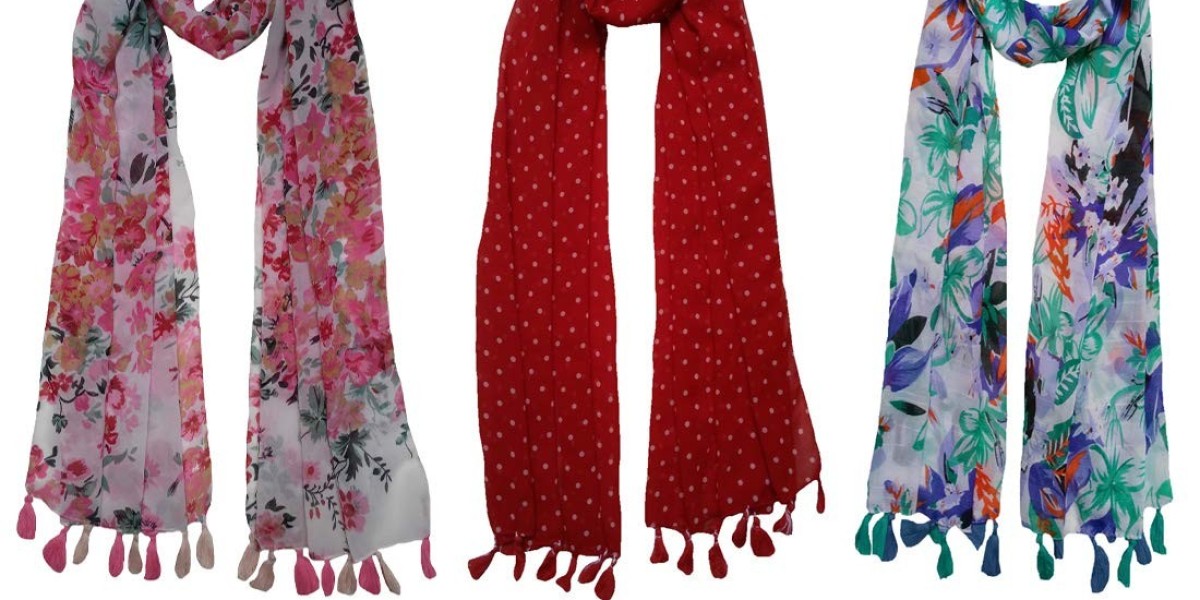India, a land of diverse cultures and traditions, has a rich heritage of textiles that reflect its vibrant history. Among these treasures, the exquisite Pashmina stole stands as a symbol of luxury, artistry, and cultural identity. Revered for its softness, warmth, and intricate craftsmanship, the Pashmina stole has woven itself into the very fabric of Indian culture and tradition.
Originating from the high-altitude regions of the Himalayas, the Pashmina stole is crafted from the wool of the Changthangi goat, also known as the Pashmina goat. These goats have adapted to survive in the harsh mountain climates, growing a fine, warm, and soft undercoat to protect them from the extreme cold. This undercoat, known as Pashm, serves as the raw material for the creation of the Pashmina stole.
The history of Pashmina can be traced back thousands of years, with references to its use in ancient texts and scriptures. Traditionally, Pashmina stoles were worn by royalty and nobility, and they became synonymous with luxury and refinement. The skill of weaving Pashmina was handed down through generations, often kept as a closely guarded family secret. Over time, the craft spread to various regions in India, including Jammu and Kashmir, Himachal Pradesh, and Ladakh, where it was nurtured and evolved, acquiring regional variations and techniques.
For generations, Pashmina stoles have been a part of important life events in India. From weddings to festivals and religious ceremonies, the stole adorns both men and women, symbolizing elegance, grace, and prosperity. The stole's intricate designs often incorporate motifs inspired by nature, such as flowers, paisleys, and chinar leaves, showcasing the deep connection between Pashmina and the natural beauty of the Himalayas.
The Pashmina stole's significance goes beyond fashion; it embodies cultural values, heritage, and identity. The stole's traditional production involves a labor-intensive process that requires great skill and patience. The weaving is done by artisans who have honed their craft over decades, using traditional handlooms. Each Pashmina stole is a work of art, taking weeks or even months to complete, depending on its complexity and design.
In recent years, the Pashmina industry faced challenges due to the rise of mass-produced imitations and cheaper alternatives. To preserve the authenticity and cultural significance of Pashmina, various initiatives and organizations in India have been working to protect and promote genuine Pashmina stoles. Government bodies and non-profit organizations are investing in the education and training of artisans, as well as creating awareness about the importance of supporting ethical and sustainable Pashmina production.
The designation of Pashmina as a Geographical Indication (GI) by the Indian government further strengthens its cultural heritage and identity. This recognition ensures that products bearing the Pashmina label must meet certain quality standards and come from specific geographical regions, thus protecting the craft from counterfeits and maintaining its unique status.
Tourists and visitors to India are often captivated by the allure of Pashmina stoles, recognizing them as extraordinary souvenirs that encapsulate the country's rich cultural tapestry. Additionally, the export of Pashmina stoles has contributed significantly to India's economy and global reputation for producing high-quality textiles.
In conclusion, Pashmina stoles are not merely fashionable accessories; they hold profound cultural significance and represent the cultural heritage and identity of India. From the mountainous regions of the Himalayas to the hearts of people across the country, Pashmina stoles continue to weave stories of tradition, craftsmanship, and elegance. By cherishing and supporting this timeless art, we can ensure that the legacy of Pashmina endures for generations to come, proudly representing the soul of Indian culture and its rich tapestry of traditions.






